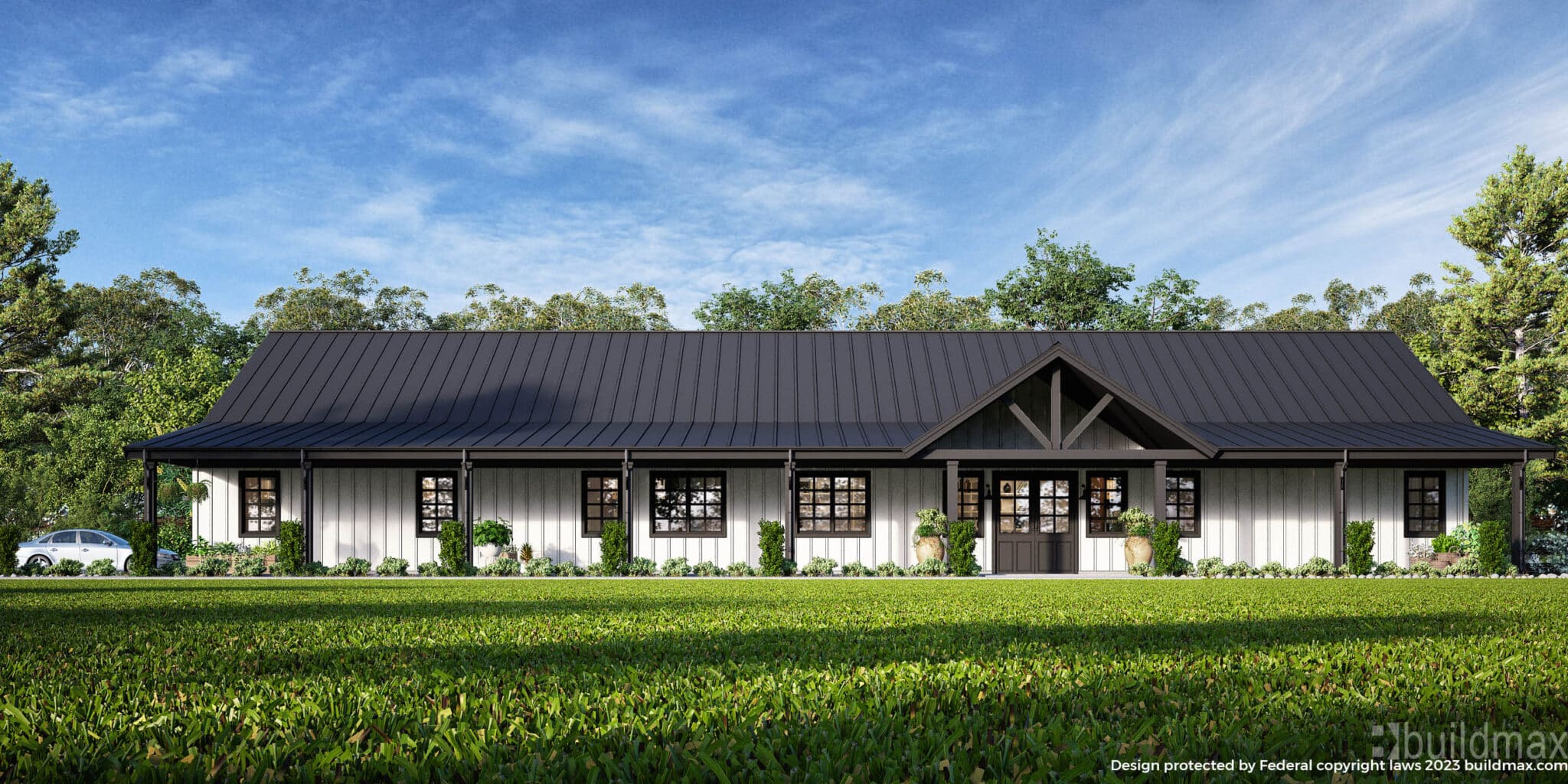Barndominiums Vs. Traditional Homes: a Detailed Comparison of Lifestyle and Capability
The decision in between barndominiums and conventional homes incorporates various aspects, including lifestyle choices and practical requirements. Barndominiums are defined by their open designs and flexibility, commonly appealing to those who focus on common living and convenience.
Introduction of Barndominiums
Barndominiums, a novel real estate pattern getting appeal throughout various regions, mix the rustic beauty of barn-style style with the functionality of modern-day living spaces. These special structures commonly consist of a steel or wood framework, incorporating open layout and high ceilings with energy-efficient attributes. Usually situated on expansive rural residential properties, barndominiums supply home owners the chance to take pleasure in a tranquil lifestyle while offering ample space for numerous tasks.
The adaptability of barndominiums prolongs beyond their aesthetic allure; they can act as both living quarters and practical spaces for hobbies, workshops, and even small companies. Their adaptive design permits for very easy personalization, accommodating varied family members requirements and preferences. Several proprietors appreciate the reduced upkeep requirements linked with steel exterior siding and roofing, adding to long-lasting resilience.

Attributes of Traditional Houses
Highlighting classic design and comfort, typical homes are characterized by their distinct building designs, which often show historic impacts and local looks. Usual features include symmetrical facades, gabled roofings, and a focus on workmanship, causing a warm and inviting atmosphere.
Typical homes often integrate aspects such as crown molding, wainscoting, and hardwood floor covering, improving their traditional allure. They commonly include multiple rooms with defined purposes, promoting household communication while enabling personal privacy. click here to view. The format often includes formal living and dining areas, which are favorable to amusing visitors and holding family members gatherings
Exterior materials such as brick, wood, or stone are frequently used, adding to resilience and a sense of permanence. Barndominium builder. Furthermore, numerous standard homes are developed with front decks or stoops, promoting a feeling of neighborhood and connection with the neighborhood
Landscaping plays a significant role in traditional home layout, with properly maintained yards and pathways that improve curb allure - visit site. Generally, standard homes symbolize a feeling of fond memories and stability, attracting those who value heritage and a more structured living environment
Cost Contrast
Commonly, a price comparison in between barndominiums and typical homes reveals considerable differences in construction costs and general financial investment. Barndominiums, commonly built from metal or steel frames, typically sustain lower material and labor costs than traditional homes constructed from wood and brick. The streamlined style of barndominiums can equate to reduced building and construction times, better reducing labor costs and expediting tenancy.
Usually, the cost per square foot for a barndominium varies from $100 to $150, while typical homes can differ widely, typically dropping between $150 and $300 per square foot, relying on place, materials, and style complexity. This price variation makes barndominiums an attractive choice for budget-conscious buyers looking for larger home without compromising quality.
In addition, barndominiums may bring about long-lasting financial savings with reduced maintenance prices, energy performance, and insurance prices. Their durable building and construction materials usually require much less upkeep gradually contrasted to conventional homes. It is essential to think about that while preliminary prices may be lower for barndominiums, the final financial investment will certainly additionally depend on individual modification and desired features, which can influence the overall expense in both housing kinds.
Way Of Living and Room Considerations
When considering way of life and area, barndominiums use an one-of-a-kind flexibility that interest a range of house owners. These hybrid frameworks incorporate household coping with useful space, frequently featuring open floor plans that can be adapted to suit individual needs. This adaptability is particularly advantageous for families or individuals looking for a customized living atmosphere, permitting diverse uses such as home offices, workshops, or entertainment locations.

Moreover, the aesthetic charm of barndominiums can accommodate both rustic and contemporary tastes, making them a versatile selection for numerous layout preferences (Barndominium repair). Eventually, the choice in between a barndominium and a typical home usually rests on exactly how well each alternative straightens with the house owner's lifestyle aspirations and spatial demands, highlighting the relevance of considering personal top priorities in the decision-making procedure
Ecological Effect and Sustainability
The environmental effect and sustainability of barndominiums present engaging benefits compared to traditional homes. Largely created from steel and various other resilient materials, barndominiums are frequently constructed using recycled sources, decreasing the need for brand-new materials and decreasing waste. Their layout commonly emphasizes open spaces, which can lead to lower power consumption for cooling and heating contrasted to conventional official statement homes with even more fractional layouts.
Moreover, barndominiums can include lasting features such as photovoltaic panels, rain harvesting systems, and advanced insulation strategies, enhancing their power efficiency. The convenience of their style permits home owners to incorporate these innovations more perfectly than in numerous conventional homes, which may need comprehensive retrofitting.
In addition, barndominiums commonly require fewer sources for building and construction due to their simpler, much more effective styles. This not just decreases the carbon impact related to structure however likewise adds to a much more sustainable lifestyle. In comparison, traditional homes may entail greater degrees of energy expenditure and source make use of throughout their lifecycle, from building and construction to upkeep. In general, barndominiums represent a forward-thinking approach to lasting living, lining up with contemporary environmental priorities.
Verdict
In recap, the option between barndominiums and traditional homes rests on private way of life preferences and useful demands. Barndominiums, with their open layouts and lasting products, cater to those looking for versatility and communal living. Conversely, standard homes provide defined rooms that improve privacy and copyright historic aesthetic appeals. Each option offers distinct advantages, requiring careful factor to consider of one's values and requires when identifying one of the most appropriate living environment.